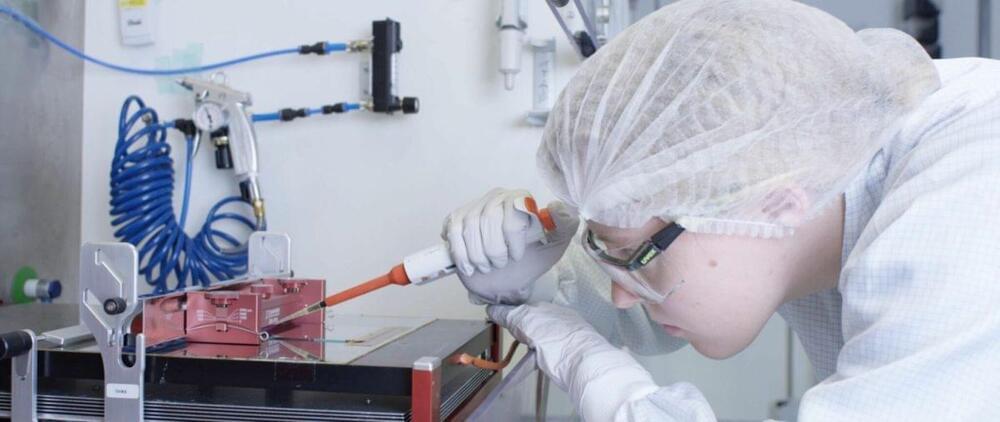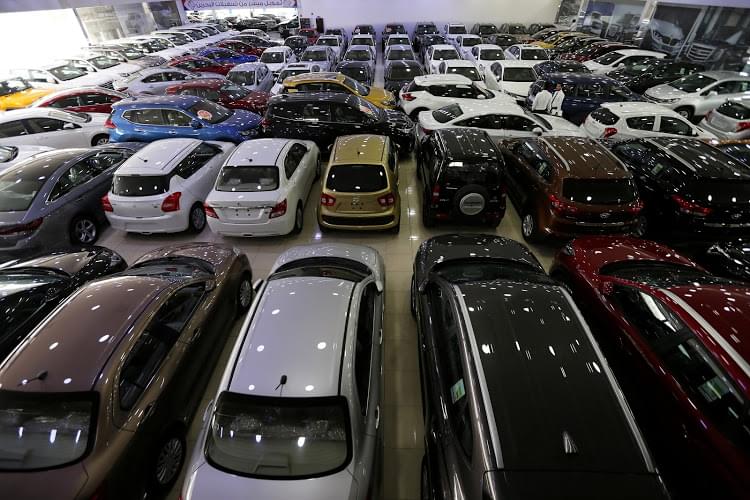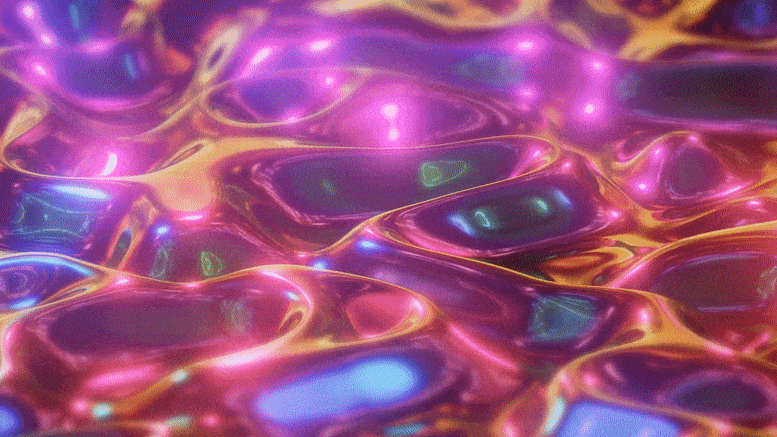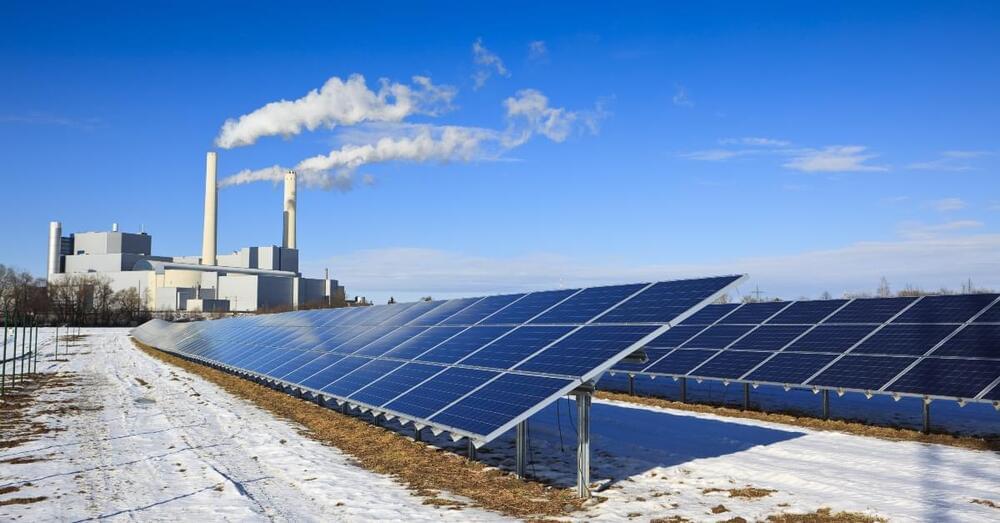Rwanda is making strides to become a major innovation hotspot in Africa — pushing forward with digital development while also prioritizing sustainability.
Category: sustainability – Page 325

Eco-friendly solvent for a 16.7% perovskite solar cell
Scientists in Germany looked to eliminate the use of toxic solvents in the production of perovskite solar cells, replacing them with a more environmentally material called dimethyl sulfoxide (DMSO) which has so far proved difficult to integrate into processes suitable for large-scale production. The group demonstrated a scalable blade coating process using DMSO as the only solvent, and reached cell efficiencies close to those achieved using more toxic substances.
Exploring The World’s Largest Solar Powered Boat
MS Tûranor PlanetSolar, also known as PlanetSolar and founded by Swiss explorer Raphael Domjan, is the world’s largest solar-powered boat, which was launched on March 31, 2010. Between 2010 and 2012, it became the first solar electric car to round the globe, taking 584 days.
Solar panels covering 537 m2 of the 31-meter boat, rated at 93 kW, connect to two electric motors, one in each hull. The ship’s two hulls contain 8.5 tons of lithium-ion batteries. Because of its shape, the boat can go at speeds of up to 10 knots (19 km/h). To establish its hydrodynamics and aerodynamics, the hull was model tested in wind tunnels and tank tested. After the record attempt, the boat was planned to be utilized as a luxury yacht.

Want to Get Your Next Car
By Subscription? – In California, You Can and it’s a Tesla Model 3 EV.
A Santa Monica, California-based company can put you into a Tesla Model 3 using its cellphone app which is now available for both Android and iPhones. The company offering the Car-as-a-service (CaaS) model is Autonomy. Although currently available only in California, the future plans include rolling it out to other U.S. states.
Until the outset of the global pandemic, owning a car was on a dramatic decline. Ride-sharing was exploding, and because cars were becoming pricier, young people entering the workforce were less inclined to join their parents’ generation of car owners.
Isolation and lockdowns temporarily took drivers off the road, as did sticker shock. The latter has been particularly true for electric vehicles (EV) which without government rebates and incentives can cost tens of thousands of dollars more than cars running on gasoline and diesel.


MIT Professor Wins European Inventor Award for Liquid Metal Batteries
For his work on liquid metal batteries that could enable the long-term storage of renewable energy, MIT Professor Donald Sadoway has won the 2022 European Inventor Award, in the category for Non-European Patent Office Countries.
Sadoway is a longtime supporter and friend of MIT’s Materials Research Laboratory and is the John F. Elliott Professor of Materials Chemistry in MIT’s Department of Materials Science and Engineering.
“By enabling the large-scale storage of renewable energy, Donald Sadoway’s invention is a huge step towards the deployment of carbon-free electricity generation,” says António Campinos, President of the European Patent Office. “He has spent his career studying electrochemistry and has transformed this expertise into an invention that represents a huge step forward in the transition to green energy.”
High-Tech Hard Sails Transform Old Cargo Ships Into Racing Yachts
Wing-like rigid sails are leaping from the rarified world of yacht racing to the backs of cargo ships.
There they go again. The firm BAR Technologies has roots in the elite environment of the America’s Cup hyper-competitive racing series, and lately it has been applying its know-how to design rigid sails for cargo ships. That’s right, wind power is making a comeback on the high seas, and the global shipping industry is down for it. Well, beginning to be down for it. Rigid sails for cargo ships are still in the tryout phase, but that could change as Russia continues to pinch the global fuel supply and climate goals kick in.
Berge Bulk Cargo Ship Catches Hard Sails Fever
BAR hooked up with Yara Marine Technologies a while back to bring its “WindWings” rigid sail technology to cargo ships. The latest shipper to take a look is Berge Bulk, which describes itself as “one of the world’s leading independent dry bulk owners with an outstanding reputation for the safe, efficient, and sustainable delivery of commodities around the world.”
Elon Musk’s brother ramps up vertical farming venture
Circa 2020
In 2016, Elon Musk’s younger brother, Kimbal Musk co-founded Brooklyn-NY-based vertical-farming operation Square Roots as part of a broader quest to grow fresh, local produce close to population centres and empower young people to participate in the sustainable urban farming trend. Over four years, Square Roots has grown more than 120 varieties of crop, including salad greens, vegetables and strawberries.
In February 2020, Musk told CNN Business the company plans to open a Square Roots ‘Super Farm’, with 25 climate-controlled shipping containers, cold storage facilities, biosecurity infrastructure and the technology required to operate a commercial-scale vertical farm, in less than three months.
“A lot of smart money and capital is entering the space,” Square Roots CEO Tobias Peggs told CNN Business. “The quality of food that can now be produced in these indoor systems is at least on par with the best organic field grown food you can buy.”
Nuclear fusion gets closer to reality with this new reactor
This article is an installment of The Future Explored, a weekly guide to world-changing technology. You can get stories like this one straight to your inbox every Thursday morning by subscribing here.
If nuclear fusion was a viable energy source, everything could be electrified. Electricity would be so cheap that projects that seem impossible now could be within our grasp, like commercial space flights, desalinating sea water, or direct air carbon capture.
Now, researchers from MIT say nuclear fusion — the power source of the sun itself — could become a reality by 2035, thanks to a new compact reactor called Sparc.
